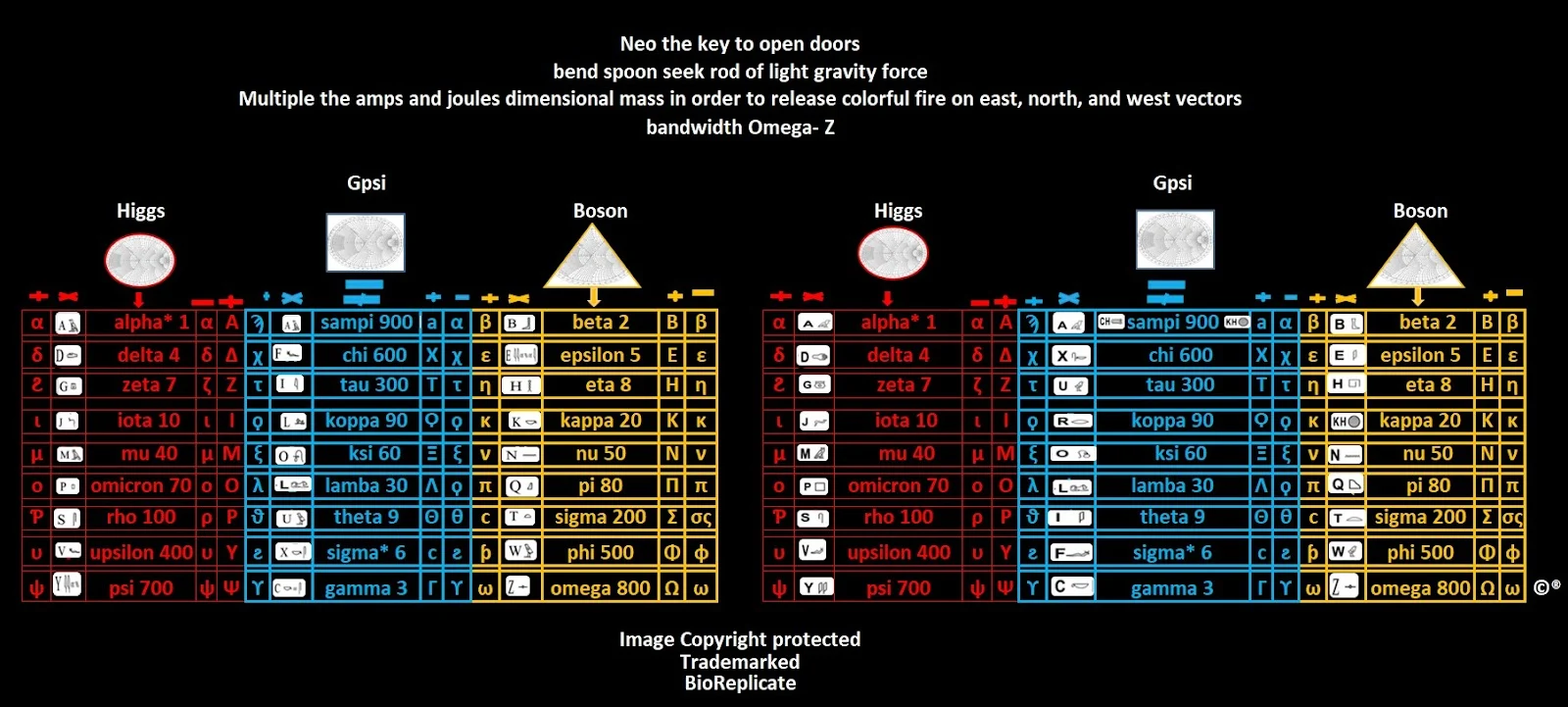Unraveling the Mystery: How Were the Earliest Egyptian Pyramids Built?
By Steven Henderson
The construction of the Egyptian pyramids has long fascinated historians, archaeologists, and the general public alike. These monumental structures, built thousands of years ago, continue to spark debate about the methods and technologies used by ancient Egyptians. In this article, we'll explore the current evidence, theories, and challenges in understanding how the earliest pyramids were constructed.
The Earliest Pyramids
Our focus is on the very first true pyramid structures, dating back to around 2630 BCE. The Step Pyramid of Djoser, built during the Third Dynasty of the Old Kingdom period, is considered the earliest known pyramid. This era marks the beginning of large-scale stone monument construction in ancient Egypt.
The Logistical Challenge
Building these massive structures presented enormous logistical challenges. The ancient Egyptians needed to:
1. Quarry massive stone blocks
2. Transport these blocks, often over long distances
3. Lift and place the blocks precisely
Each of these steps requires not only immense manpower but also sophisticated engineering knowledge.
Current Evidence
Let's break down what archaeological evidence we currently have for each stage of the construction process:
1. Quarrying:
- Clear evidence of ancient quarrying activities exists, particularly for limestone near building sites.
- Some evidence of early granite quarrying at Aswan, though less extensive for the earliest period.
2. Transportation:
- Limited evidence of ancient roads from the earliest pyramid-building period.
- Some remains of wooden rollers and sleds, though precise dating is challenging.
- The use of boats for transport is well-documented in later periods, but evidence for the earliest pyramids is less clear.
3. Construction Techniques:
- Ramp remnants have been found at some early sites, but their exact purpose and use are debated.
- Limited evidence of sophisticated lifting devices from this early period.
The Boat Theory
One popular theory suggests that large boats were used to transport heavy stone blocks, particularly granite, from quarries in the south (like Aswan) to construction sites in the north. While this theory is well-supported for later periods, the evidence for the earliest pyramid constructions is less robust:
- Boat evidence: While boat burials and images exist from this era, direct evidence of large stone-carrying boats from the earliest pyramid-building period is limited.
- Loading/unloading equipment: There's a scarcity of evidence for the equipment needed to load and unload multi-ton blocks onto boats in this early period.
- River transport logistics: The challenges of navigating the Nile's cataracts with heavy loads would have been significant.
Alternative Theories
Given the gaps in evidence for large-scale boat transport in the earliest period, some researchers have proposed alternative theories:
- Greater reliance on local materials for the earliest pyramids.
- Use of land-based transport methods like sleds and ramps for moving stones.
- Possible use of smaller boats and rafts rather than large stone-carrying vessels.
The State of Research
It's crucial to understand that no single theory has been definitively proven. The construction methods of the earliest pyramids remain a subject of ongoing research and debate among Egyptologists and archaeologists. New discoveries, such as the Wadi al-Jarf papyri (which describe limestone transport by boat to Giza, but date to a slightly later period), continue to shed light on ancient Egyptian construction techniques.
The mystery of how the earliest Egyptian pyramids were built remains unsolved. While we have substantial evidence for many aspects of ancient Egyptian construction techniques, significant gaps in our knowledge persist, particularly for the very earliest pyramid-building period.
Any claims of having definitively "solved" this mystery would be premature. The reality is that ancient Egyptian engineering and construction methods were likely complex, varied, and evolved over time. It's possible that a combination of techniques was used, adapting to the specific challenges of each site and time period.
This ongoing mystery underscores the importance of continued archaeological research and the need for critical evaluation of new theories and discoveries. As our understanding of ancient Egyptian civilization continues to grow, we may yet uncover new insights into the remarkable achievements of these ancient builders.
The construction of the pyramids remains one of the great fascinations of ancient history, reminding us of the ingenuity and determination of our ancestors, while also highlighting the challenges in understanding and reconstructing the distant past.



Comments
Post a Comment